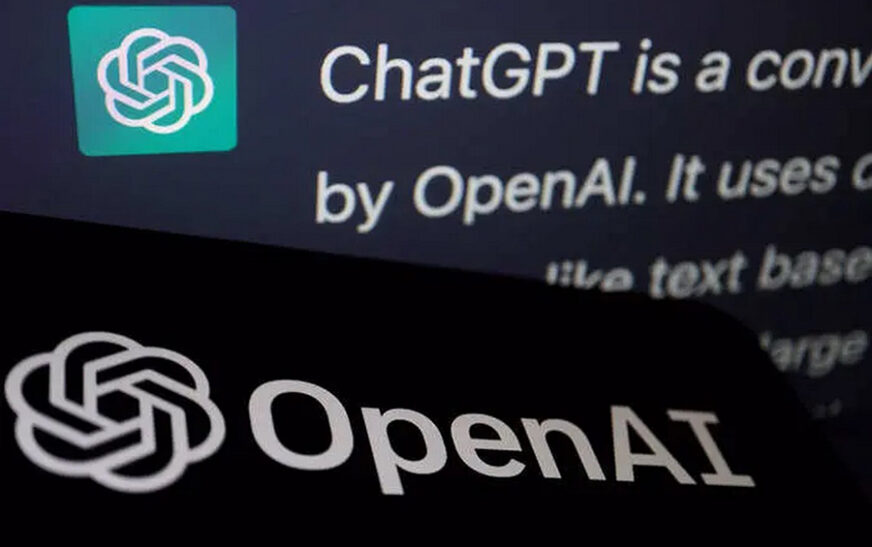In the current landscape of technological advancement, AI adoption is becoming increasingly prevalent among businesses. However, not all employees readily embrace this new technology, presenting a challenge for employers seeking seamless integration within their workforce. According to the Cisco AI Readiness Index, approximately 31% of organizations encounter reluctance or resistance from employees when it comes to AI adoption. Despite this, there’s a growing sense of urgency among business leaders, with 97% reporting an increased impetus to leverage AI-powered technologies within their companies over the past six months.
Clear Communication of Objectives
For employers seeking to facilitate employee engagement with AI, clarity regarding its purpose and potential benefits is paramount. Liz Centoni, Chief Strategy Officer and General Manager of Applications at Cisco, advocates for starting with use cases. By outlining specific examples of how AI can enhance workflow efficiency and streamline tasks, employers can elucidate the tangible advantages of AI adoption. Centoni attributes the widespread acceptance of AI within her company to the multitude of clearly defined use cases that have demonstrably improved employees’ job functions.
Framing AI as Augmentation
Addressing employees’ apprehensions about AI-induced job displacement is essential for fostering acceptance. Jeff Maggioncalda, CEO of Coursera, emphasizes the importance of framing AI integration as augmentation rather than automation. By highlighting AI’s potential to enhance job satisfaction and productivity, Maggioncalda suggests reframing AI experimentation as an exciting endeavor aimed at unlocking new opportunities for personal and professional growth.
Promoting Growth and Opportunity
Paul Knopp, CEO of KPMG, underscores the transformative potential of AI in reshaping job roles and fostering workforce expansion. While acknowledging the apprehensions surrounding technological disruption, Knopp emphasizes the net growth in the workforce historically observed post-technology integration. He anticipates that AI, particularly generative AI, will not only drive revenue growth but also create novel avenues for innovation, thereby enhancing job enrichment and professional development opportunities for employees.
Emphasizing Positive Transformation
In navigating employee concerns regarding AI implementation, emphasizing the positive impact on job satisfaction and effectiveness can be a persuasive tactic. Knopp highlights the importance of articulating how AI adoption can ultimately render job roles more engaging and fulfilling for employees. By aligning AI integration with employees’ aspirations for professional development and enhanced job satisfaction, employers can cultivate a culture of enthusiasm and receptiveness towards technological innovation.
In conclusion, effective communication, strategic framing, and a focus on positive transformation are essential strategies for garnering employee buy-in towards AI adoption. By elucidating the tangible benefits of AI integration and addressing employee apprehensions with a forward-thinking approach, employers can pave the way for successful AI implementation within their organizations.










